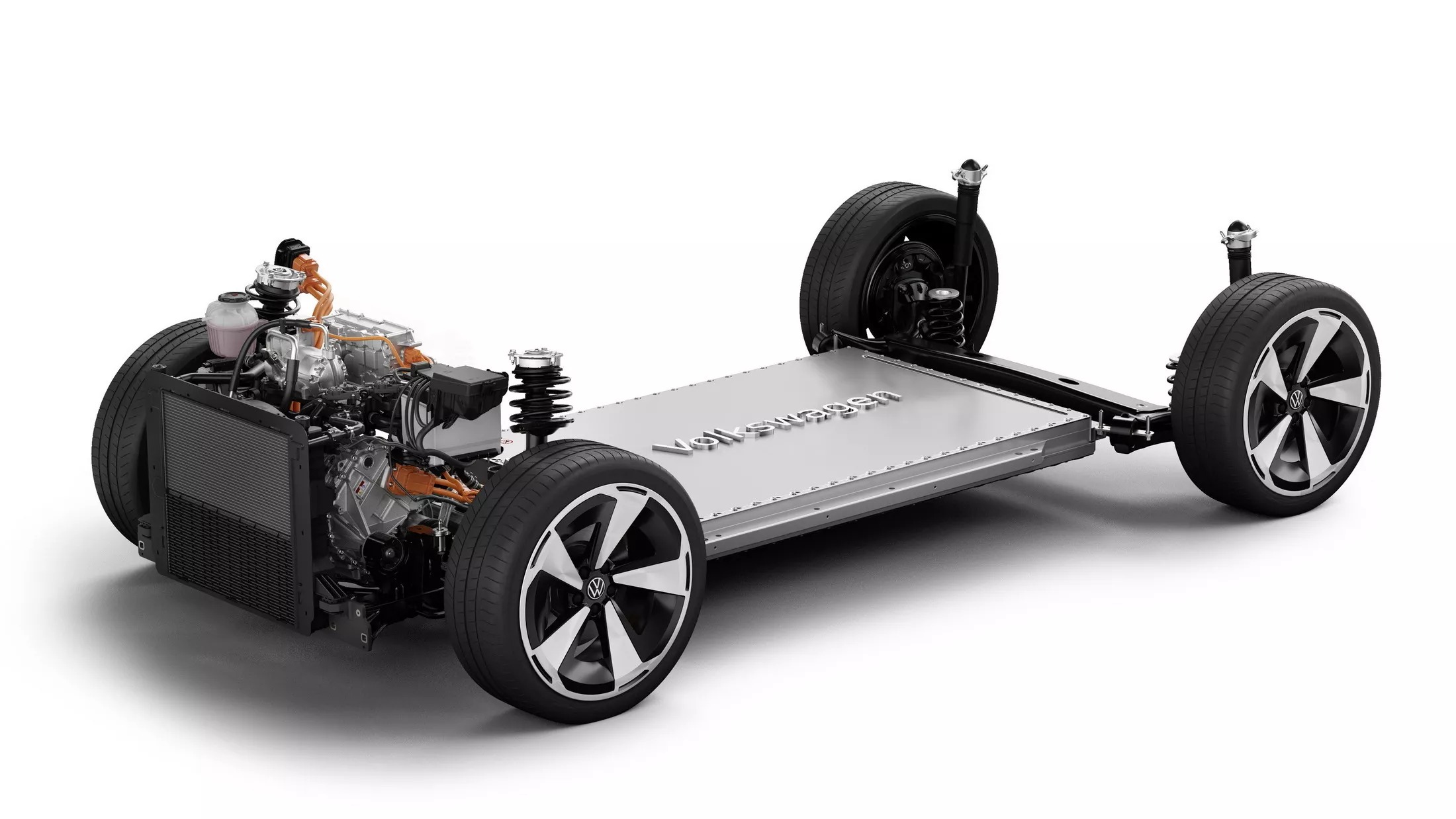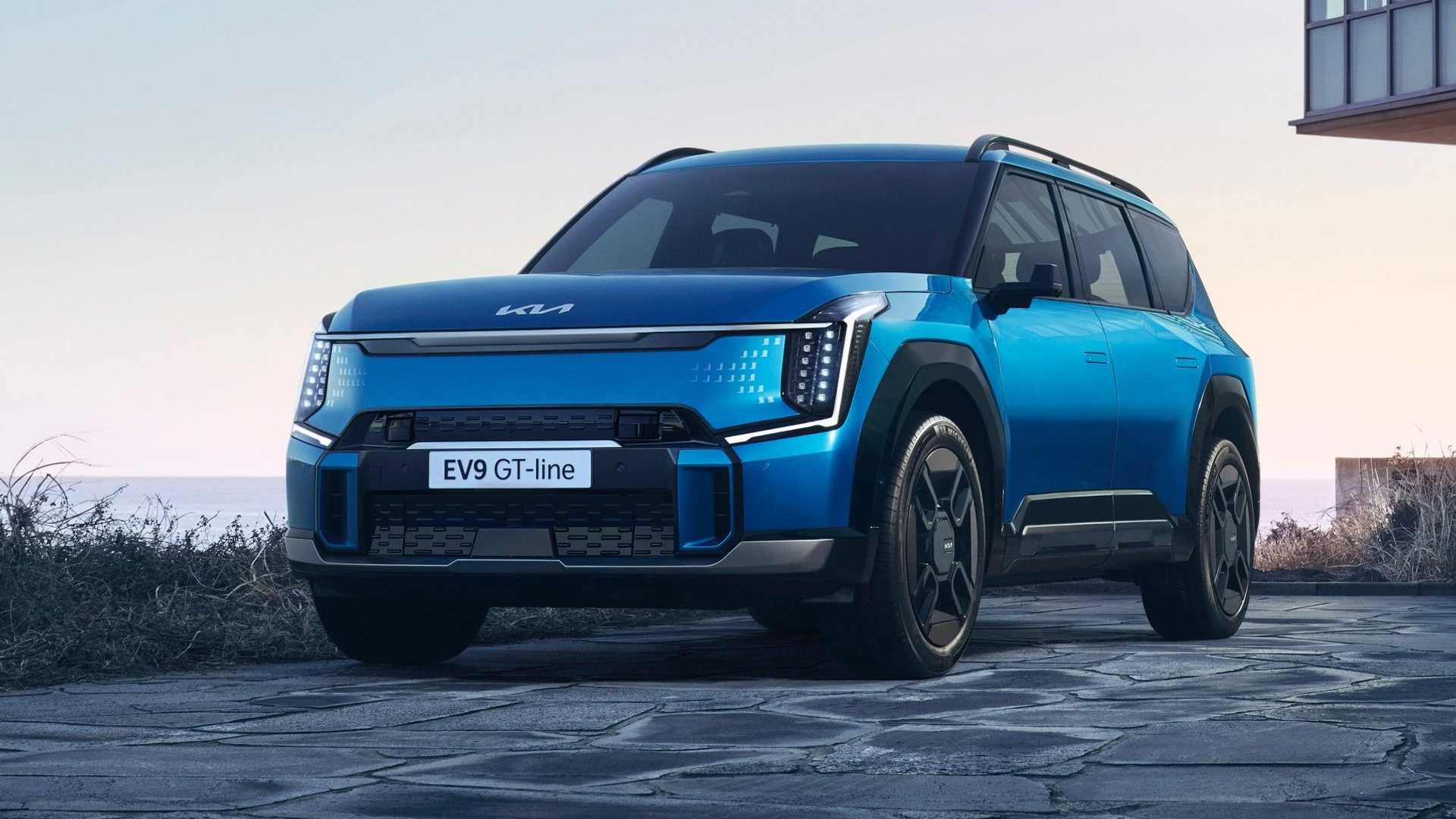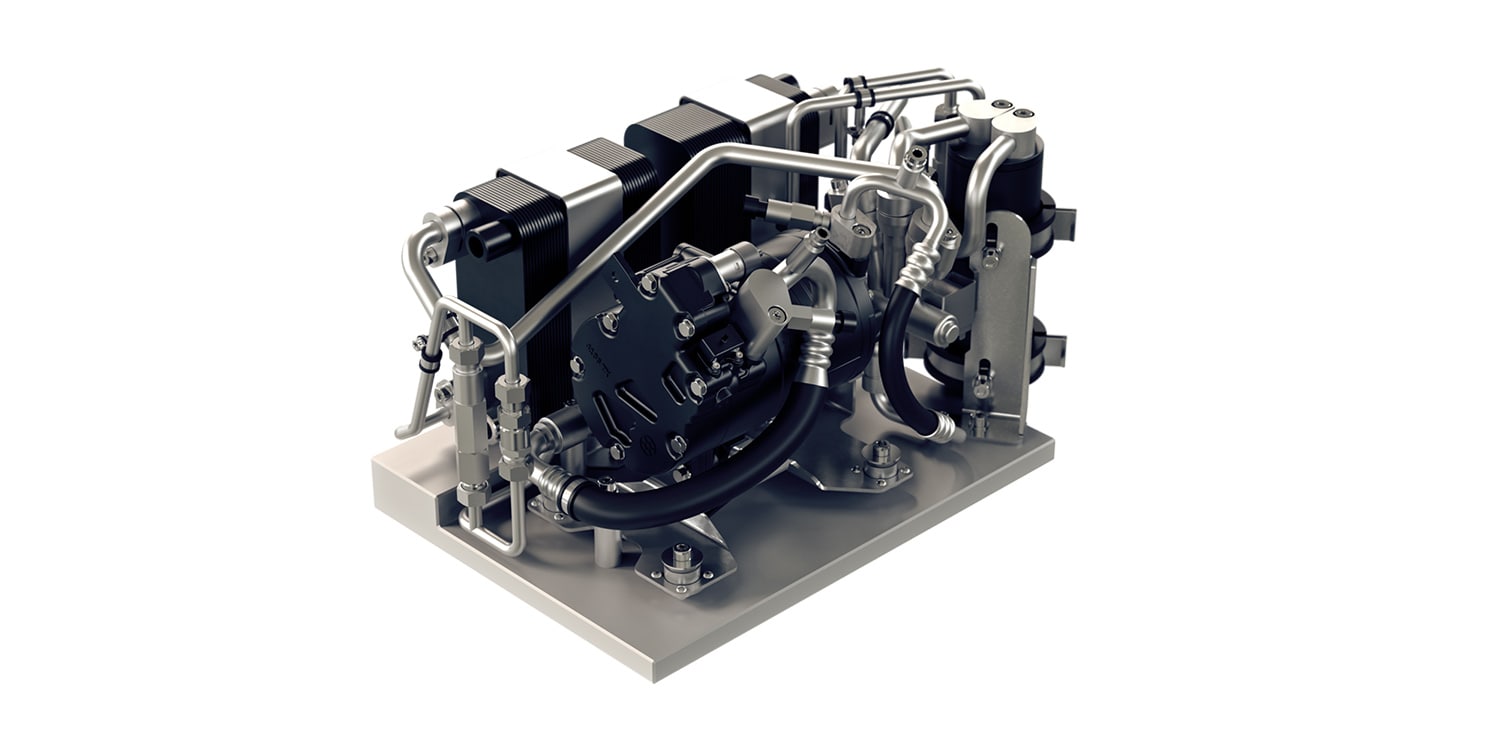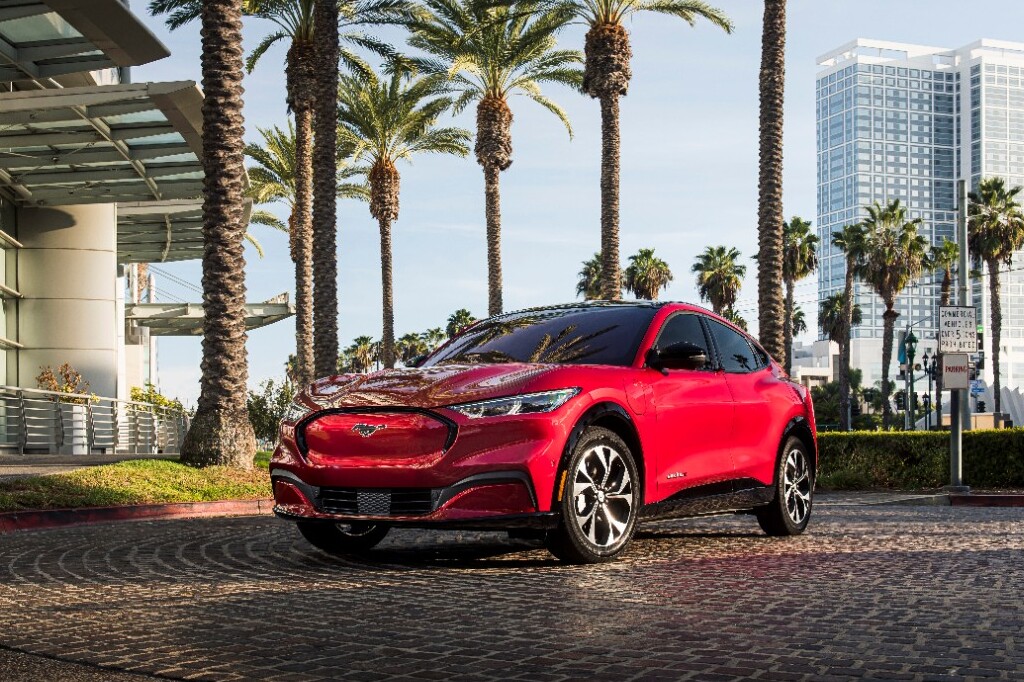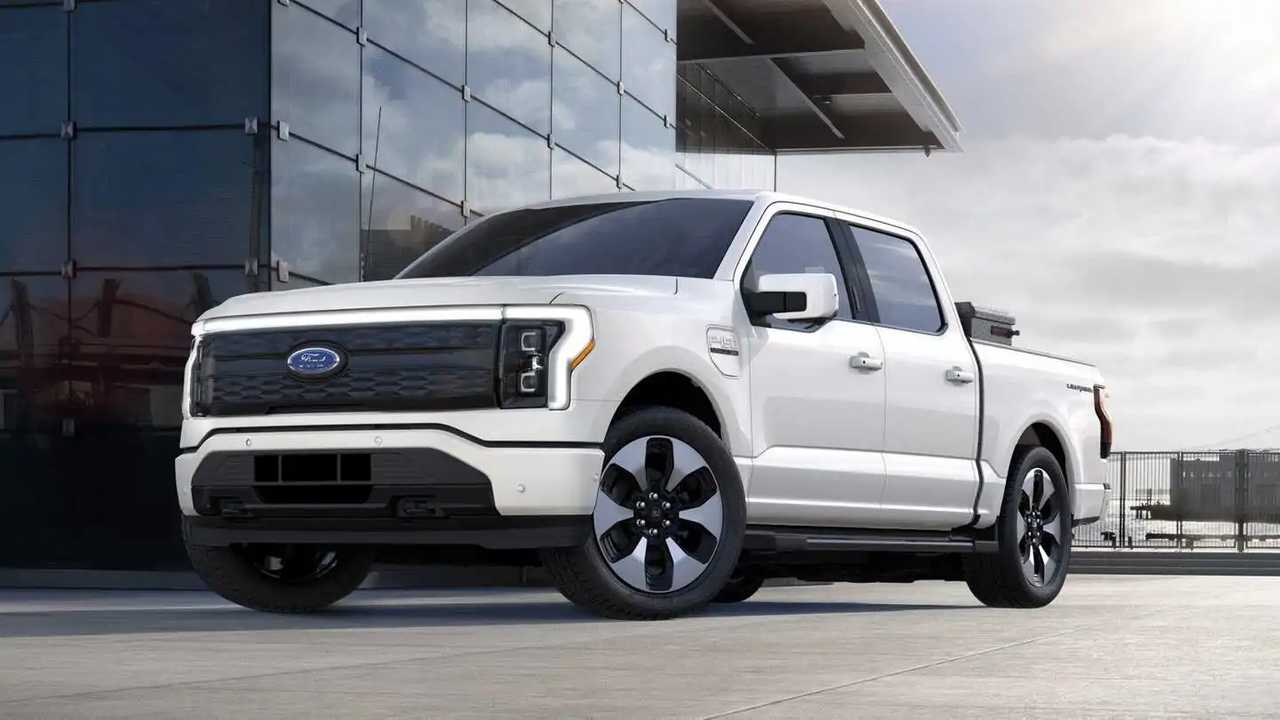Volkswagen Group’s CEO, Oliver Blume, has made a significant announcement regarding the company’s electric future, providing fresh insights into the much-anticipated next-generation SSP platform for electric vehicles. In a recent capital markets event, Blume boldly stated that the project is back on track and will be introduced as early as 2026, contradicting the previous projection of a potential delay until 2030.
Under the previous leadership, Volkswagen Group had ambitiously aimed to develop a unified EV platform that would cater to vehicles of all sizes, from compact city cars to luxurious SUVs. Additionally, the company had promised to create cutting-edge software enabling remarkable efficiency and fully autonomous driving capabilities.
This vision seemed uncertain after the eighth-generation Golf and the first modern EV from Volkswagen, the ID.3, encountered significant software issues. These setbacks not only jeopardized the launch of additional EV models from the company but also led to the revised launch timeline for the SSP platform, which was initially slated for 2028 to 2030.
However, Blume’s recent announcement at the capital markets event has injected fresh hope into the project. According to reports from Autocar, the platform is now expected to debut in 2026 and will deliver vehicles capable of harnessing up to 1,700 horsepower (1268 kW/1,724 PS), surpassing the previous promise of 1,100 horsepower (820 kW/1,115 PS). If successful, this achievement will be a significant milestone for the CEO.
Blume explained, “The SSP architecture will balance the need for scale and standardization with differentiation and speed. Architectures cover up to 75 percent of all material costs for BEV, compared to up to 10 percent for ICE […] Therefore, architectures are a key driver for profitability in the future.”
Furthermore, Blume highlighted that vehicles built on the SSP platform will be capable of charging from 10 to 80 percent in just 12 minutes, a remarkable improvement compared to the 35 minutes required by vehicles on Volkswagen’s existing MEB EV platform.
This accelerated charging capability will be supported by Volkswagen’s new universal cell architecture, which employs various chemistries. While not all cells will boast exceptional figures, the lithium-iron-phosphate (LFP) cells, for example, will be specifically designed for the company’s most affordable vehicles.
Despite underpinning a wide range of vehicles, from Škoda’s budget-friendly models to Lamborghini’s high-end offerings, the SSP platform will not feature identical chassis across the board. Volkswagen will focus on the smallest version of the platform, tailored to its economical vehicles, while Audi will work on the mid-sized platform, and Porsche will develop the largest and most luxurious iteration.
Volkswagen Group’s new software will also introduce Level 4 autonomy capabilities, positioning the company’s vehicles at the forefront of driverless technology while still retaining traditional controls and a steering wheel for human intervention.
Although the SSP platform is set to launch in 2026, there are still intermediate milestones to reach. The MEB platform will undergo an upgrade to the MEB+ in 2025, and vehicles based on the PPE performance platform, a collaborative effort between Audi and Porsche, are expected to arrive as early as next year.

